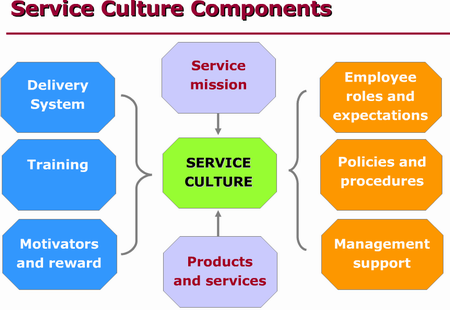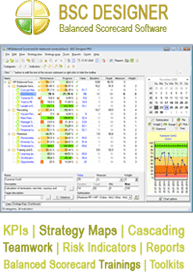It is often reported that measuring call center performance is of paramount importance, since it allows to trace all ongoing changes and gather the required statistics that shows whether the organization is going to be profitable or not. There is special software, which helps managers of call centers get almost any information they currently need without any haste and effort. However, these reports often cannot make it possible to build and measure metrics, which have a substantial impact upon the performance of your business. Some of the metrics that cannot be evaluated through using call center reports are customer satisfaction, personnel training and stress level. Let us have a closer look at these KPIs further.
As far as the main objective of any call center is all about handling customers’ problems, the rate of customer satisfaction proves to be one of those metrics that matter a lot for this business. If clients are not really satisfied with the quality of services they get, the organization will sooner or later become at a loss. According to recent surveys, around two-thirds of clients who had to turn to other call centers, decided to do that because their calls were handled badly. In other words, the better agents handle clients’ calls, the higher customer satisfaction rate becomes. A nice way to find out whether a client is satisfied with the level of servicing is to ask him/her to rate this aspect at the end of each call. Taking into account that some customers may not be completely honest with agents who handle their calls, a better option here is to build metrics that will provide a more trustworthy result.
Personnel training is important as well, because this metric shows how well employees cope with their duties. Some of them may face complications not only because of insufficient knowledge, but mainly because of the inability to master new software and operations. That is why it is critical to spot this problem on time in order to provide adequate training so that the agents could constantly keep their skills fresh.
Stress level is the next aspect to be measured in a call center. The thing is that working in a company like this is often stressful because of a high amount of repetitive phone calls, irritated and impatient customers etc. With regard to this, it seems important to measure stress level regularly and undertake special measures to reduce the tension when necessary.
























